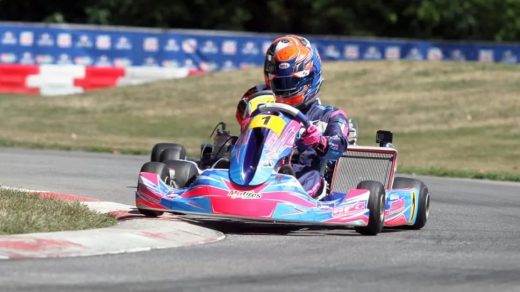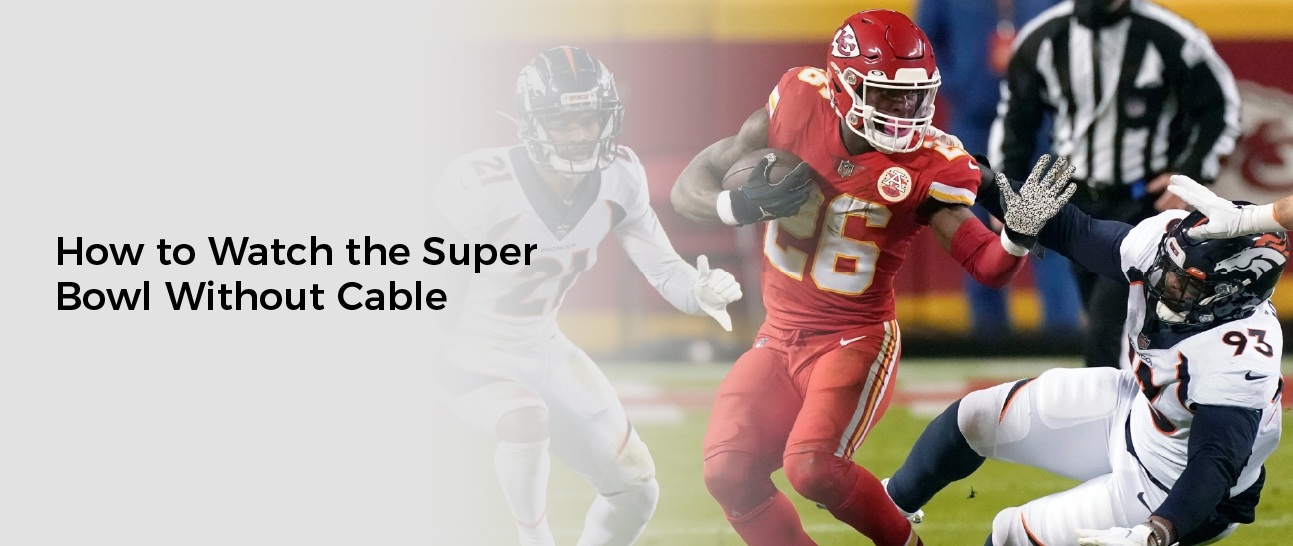Softball is an exciting and fast-paced sport that requires skilled players in every position. Among these positions, the outfield plays a crucial role in defending against hits and ensuring the team’s success. If you want to improve your outfield skills or learn how to play outfield in softball from scratch, this article will guide you through the essential techniques, strategies, and mental approaches needed to excel in this position.
Understanding The Role Of An Outfielder In Softball
Before diving into the specific skills and techniques, it’s important to understand the role of an outfielder in softball. Outfielders are positioned in the outfield, which is the grassy area beyond the infield. They are responsible for catching fly balls, fielding ground balls that make it past the infield, and making accurate throws to prevent base runners from advancing.
1. Responsibilities and Positioning
Outfielders have specific responsibilities that vary based on the situation and game strategy. Their primary goal is to prevent the opposing team from scoring runs by catching or fielding the ball effectively. Outfielders must be aware of their positioning on the field, adjusting it based on factors such as the hitter’s tendencies, game situation, and defensive alignment.
2. Communication and Teamwork
Effective communication and teamwork are vital for successful outfield play. Outfielders must communicate with their teammates, especially the other outfielders and the infielders. Clear and timely communication ensures proper positioning, avoids collisions, and maximizes the chances of making successful plays.
Essential Skills For Outfielders
Several essential skills must be developed and honed to excel as an outfielder. These skills include speed and agility, tracking fly balls, and throwing accuracy and arm strength.
1. Speed and Agility
Outfielders need to cover a large area of the field quickly. Speed and agility are crucial for reaching fly balls, chasing down hits, and cutting off balls hit into the gaps. Regular conditioning and agility training drills can help outfielders improve their speed, reaction time, and lateral movement.
2. Tracking Fly Balls
The ability to track and judge fly balls accurately is fundamental for outfielders. It requires a combination of visual focus, depth perception, and anticipation. Outfielders must keep their eyes on the ball from when it leaves the bat and adjust their route based on its trajectory.
3. Throwing Accuracy and Arm Strength
Strong and accurate throwing is essential for outfielders, especially when making long-distance throws to the infield or trying to throw out base runners. Outfielders should work on their throwing mechanics, arm strength, and accuracy through regular practice and targeted throwing drills.
Proper Fielding Techniques
Fielding techniques play a significant role in an outfielder’s performance. Proper positioning, glove work, catching fly balls, and executing ground ball pickups and relays are key aspects to focus on.
1. Positioning and Anticipation
Outfielders should position themselves based on the hitter’s tendencies, game situation, and defensive alignment. Anticipating where the ball is likely to be hit helps outfielders get in the right position early, increasing their chances of making plays.
2. Glove Work and Catching Fly Balls
Outfielders must have excellent glove work and catching skills to secure fly balls successfully. They should practice catching routine fly balls, diving catches, and making catches near fences or walls. Developing soft hands and good glove positioning will improve their ability to make clean catches.
3. Ground Ball Pickups and Relays
Outfielders must also be proficient in fielding ground balls that make it past the infield. They should practice picking up the ball cleanly and executing accurate relays to prevent base runners from advancing.
Strategies For Successful Outfield Play
In addition to skills and techniques, outfielders can employ specific strategies to enhance their performance on the field.
1. Reading the Hitter and Anticipating Plays
Outfielders can gain an advantage by studying the hitter’s tendencies and observing the game situation. Analyzing the hitter’s swing, body language, and previous at-bats can help outfielders anticipate where the ball might be hit and adjust their positioning accordingly.
2. Backing up Teammates
Outfielders should always be aware of the plays in the infield and be prepared to back up their teammates. By positioning themselves correctly and hustling to back up throws and relays, outfielders can prevent extra bases and maintain defensive integrity.
3. Communication with the Infield
Effective communication with the infield is crucial for coordinating defensive plays. Outfielders should communicate with the infielders to establish who will take cutoff throws, signal for catchable fly balls, and ensure everyone is on the same page.
Mental Approaches and Tips For Outfielders
Playing outfield in softball requires not only physical skills but also mental fortitude. Some mental approaches and tips can help outfielders elevate their game.
1. Focus and Concentration
Outfielders must maintain focus and concentration throughout the game. They should be mentally engaged on every pitch, anticipating potential plays, and ready to react quickly. Avoiding distractions and staying locked into the game will help outfielders make split-second decisions and execute plays effectively.
2. Handling Pressure Situations
Outfielders need to remain composed in high-pressure situations, such as crucial moments in the game or close plays. Staying calm, trusting their skills, and making calculated decisions are essential for outfielders to perform their best under pressure.
3. Improving Reaction Time
Outfielders can improve their reaction time through practice and drills to enhance reflexes. Reaction ball drills, vision training exercises, and simulating game-like situations can help outfielders develop quick reactions to balls hitting their way.
Practice Drills and Training Exercises
Regular practice and training are key to becoming a skilled outfielder. Here are some drills and exercises that can help improve your outfield play.
1. Fly Ball Drills
Deep fly ball drill: Have a coach or teammate hit deep fly balls to different outfield areas, challenging outfielders to make long runs and catch the balls.
Fence/wall drill: Practice catching fly balls while dealing with a fence or wall obstacle. This drill helps outfielders work on their timing and positioning.
1. Throwing and Accuracy Drills
Long-distance throwing: Practice making long-distance throws to specific targets, aiming for accuracy and distance.
Relay and cutoff drills: Set up scenarios where outfielders practice executing relays to the correct base or cutoff player. Emphasize accuracy and quick transitions.
Speed and Agility Exercises
Cone drills: Set up cones in a zigzag pattern and practice sprinting between them, focusing on quick direction changes.
Ladder drills: Utilize speed ladder drills to improve footwork, agility, and quickness.
Outfielder Equipment and Gear
Outfielders should have the right equipment and gear to maximize their performance and protect themselves on the field.
1. Gloves and Cleats
A well-fitted outfielder’s glove with a deep pocket and longer fingers can help catch and secure fly balls. Cleats with good traction and ankle support are essential for quick movements and stability on the grassy outfield surface.
2. Sunglasses and Visors
Wearing sunglasses or a visor can help outfielders track the ball better, reduce glare from the sun, and improve visibility in different lighting conditions.
3. Optional Accessories
Some outfielders may wear wristbands or compression sleeves for added support or style. While not essential, these accessories can provide personal comfort and confidence.
Common Mistakes to Avoid
To become a proficient outfielder, it’s crucial to be aware of and avoid common mistakes that hinder your performance.
1. Misjudging Fly Balls
One of the most common mistakes outfielders make is misjudging fly balls. This can result in mistimed jumps, incorrect routes, or missed catches. Practicing tracking fly balls and refining your judgment is important to avoid such errors.
2. Poor Positioning
Incorrect positioning can lead to missed opportunities or difficulty making plays. Outfielders should study hitters, game situations, and defensive alignments to position themselves optimally for different scenarios.
3. Lack of Communication
Communication breakdowns can lead to collisions, missed catches, or defensive errors. Outfielders should actively communicate with their teammates, especially other outfielders, and infielders, to coordinate plays and avoid confusion.
Conclusion
Becoming a skilled outfielder in softball requires a combination of physical abilities, technical skills, and mental approaches. By understanding the role of an outfielder, developing essential skills, employing strategies, and staying mentally focused, you can excel in this position. Regular practice, specific drills, and using the right equipment will help you refine your abilities and contribute to your team’s success on the softball field.
FAQs
Q1: How can I improve my speed as an outfielder?
To improve speed, focus on regular conditioning exercises such as sprints, agility drills, and interval training. Work on strengthening your leg muscles and incorporate explosive movements into your workouts. Also, practice proper running mechanics and work on your acceleration and deceleration techniques.
Q2: How can I enhance my throwing accuracy as an outfielder?
To improve throwing accuracy, focus on developing proper throwing mechanics. Work on your footwork, arm position, and follow-through. Incorporate throwing drills that target accuracy, such as hitting specific targets or executing relay throws. Regular practice and repetition will help improve your throwing accuracy over time.
Q3: What are some strategies for backing up my teammates as an outfielder?
As an outfielder, always be aware of the plays in the infield and position yourself accordingly. Anticipate where the ball may go and position yourself to back up throws or relay plays. Be ready to hustle and react quickly to support your infielders, preventing extra bases and potential defensive lapses.
Q4: How can I improve my concentration and focus during games?
Improving concentration and focus requires practice and mental preparation. Train your mind to stay present in the game by eliminating distractions and developing pre-pitch routines. Visualize successful plays and anticipate potential scenarios to keep your mind engaged. Consistent practice and game experience will also help improve your ability to maintain focus throughout the game.
Q5: Are there any recommended drills for improving reaction time as an outfielder?
Yes, several drills can help improve your reaction time. One effective drill uses a reaction ball with an unpredictable bounce. Practice fielding ground balls or catching fly balls with the reaction ball, forcing you to react quickly to its unpredictable path. Additionally, vision training exercises and simulating game-like situations during practice can help enhance your reaction time as an outfielder.



